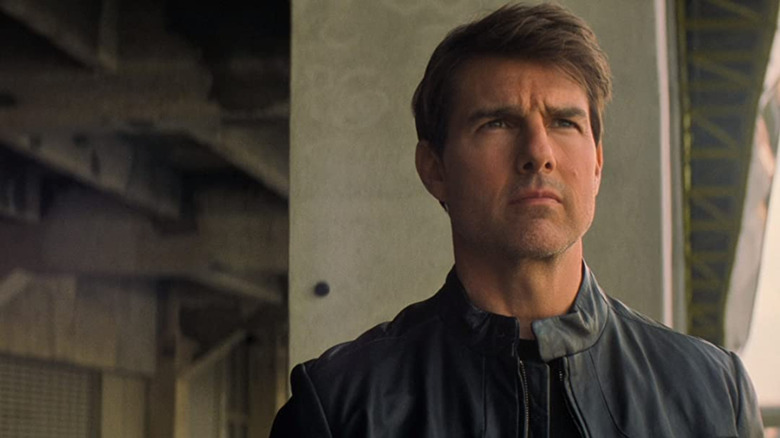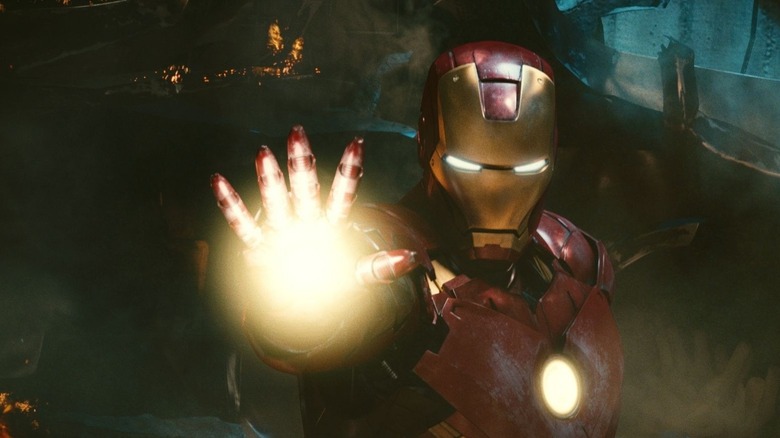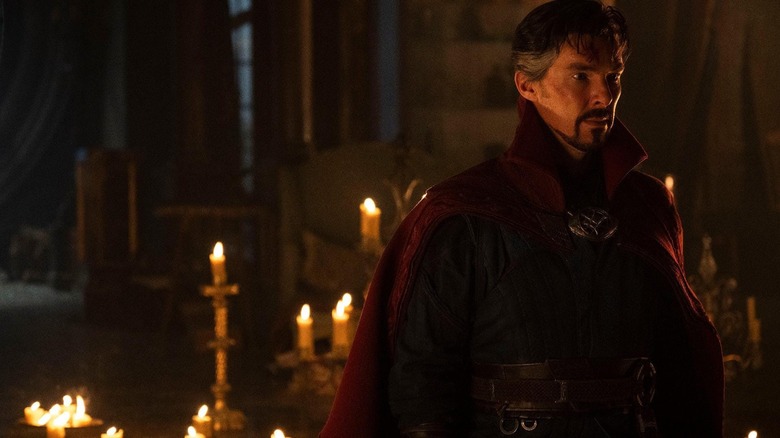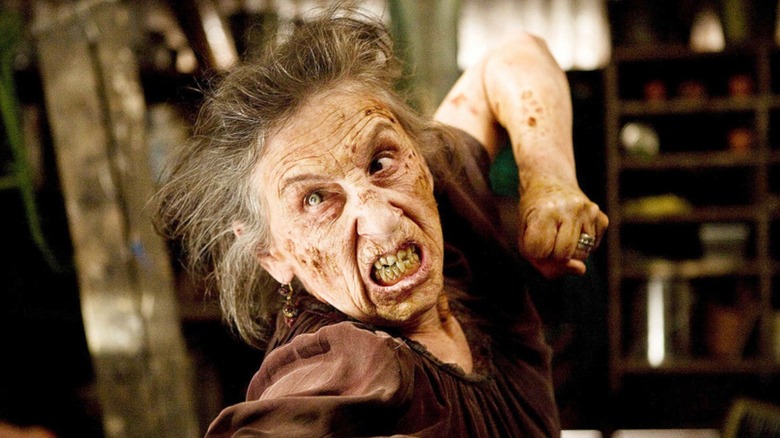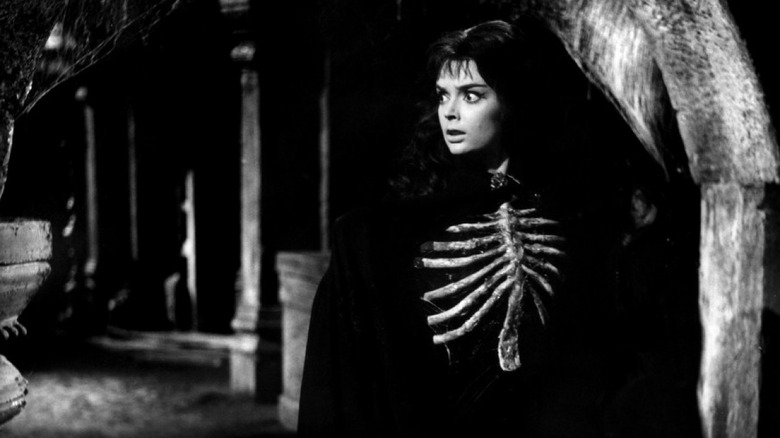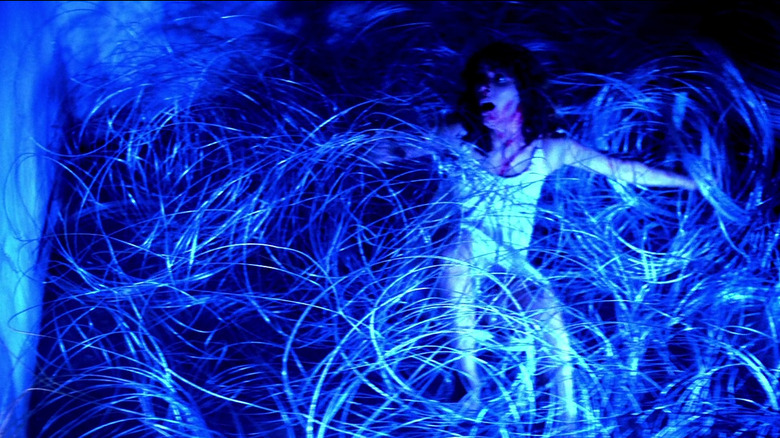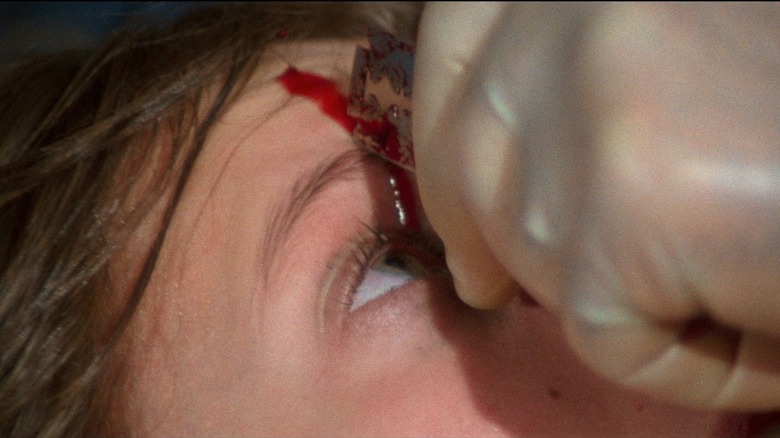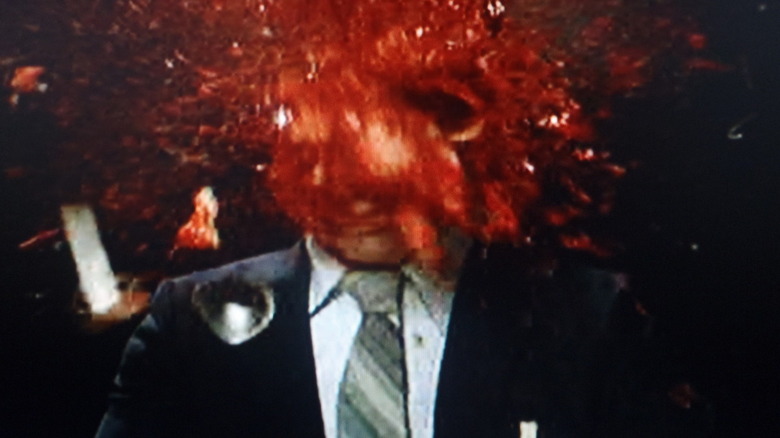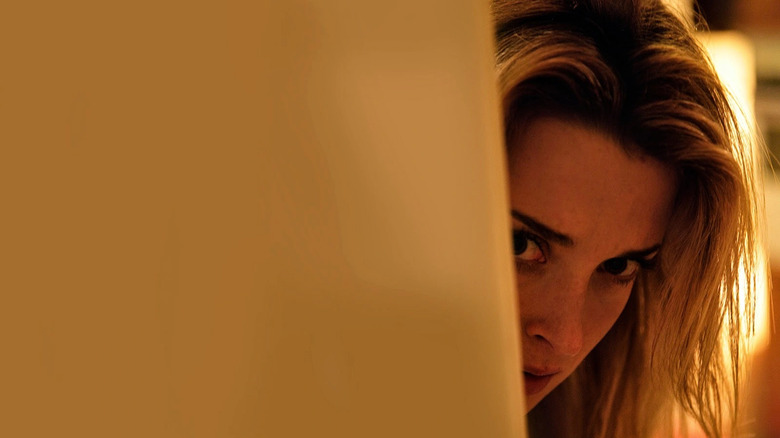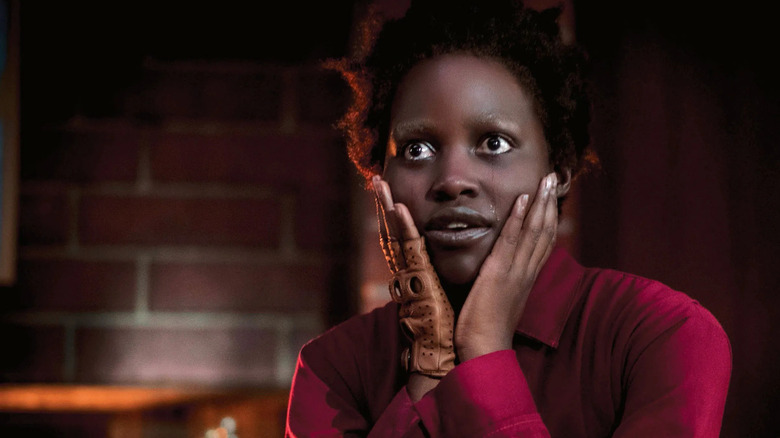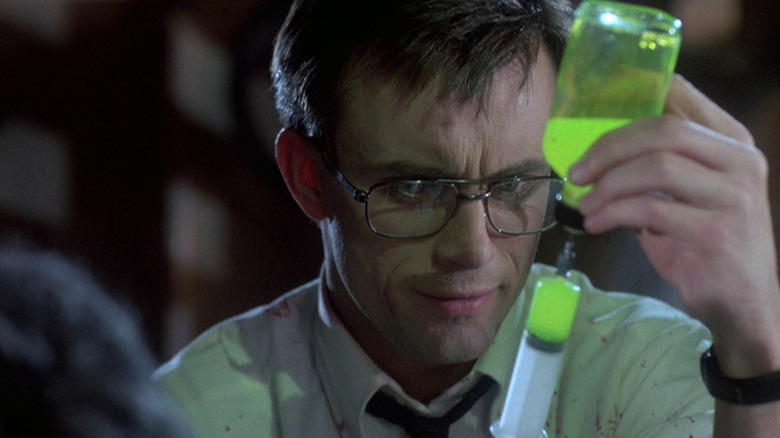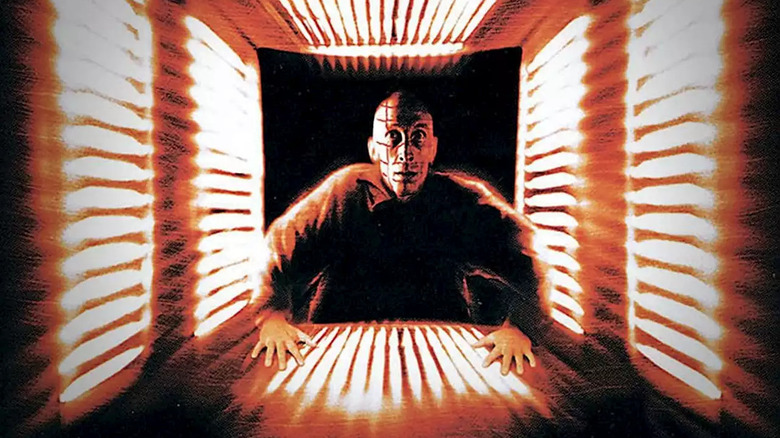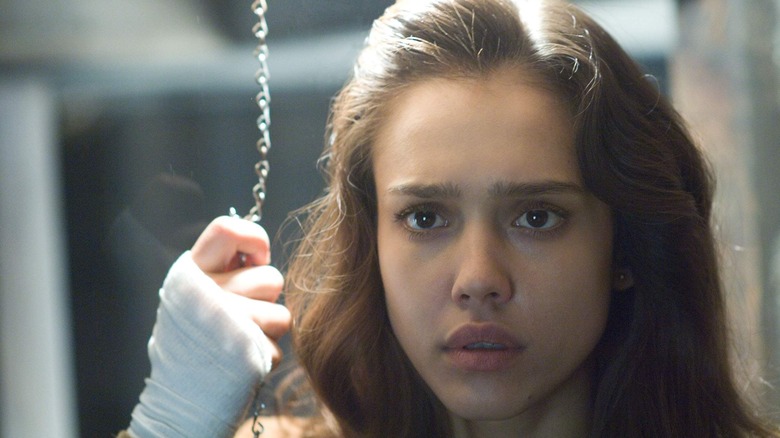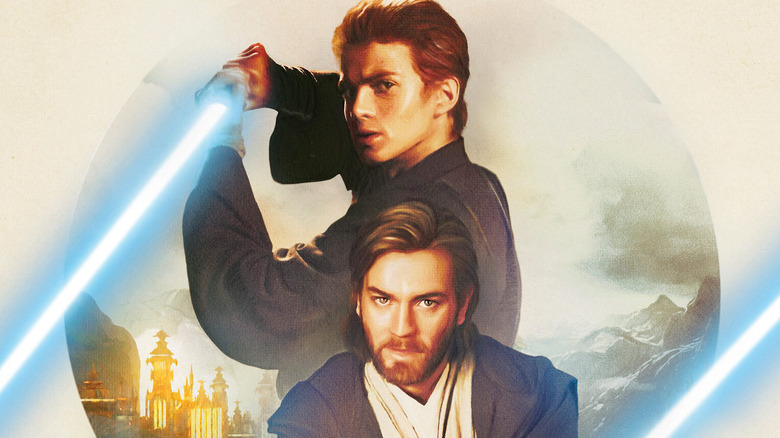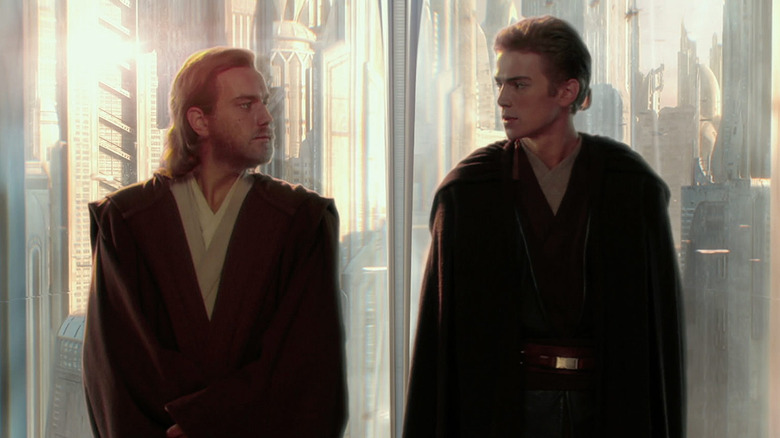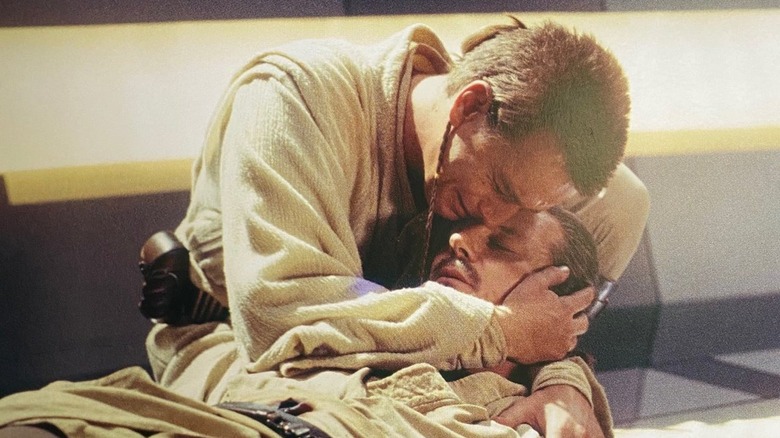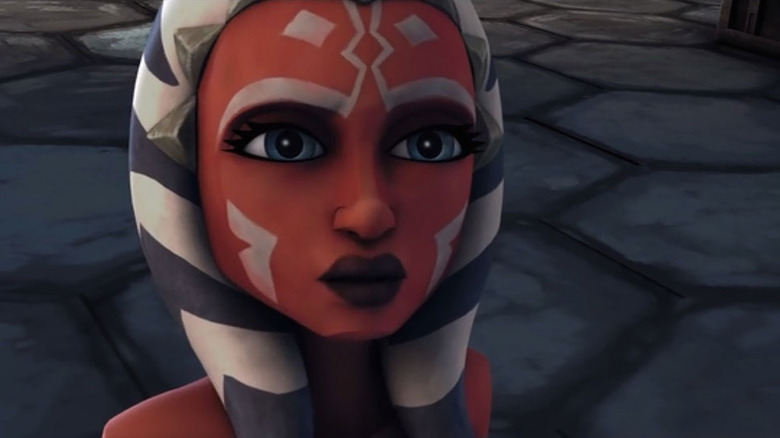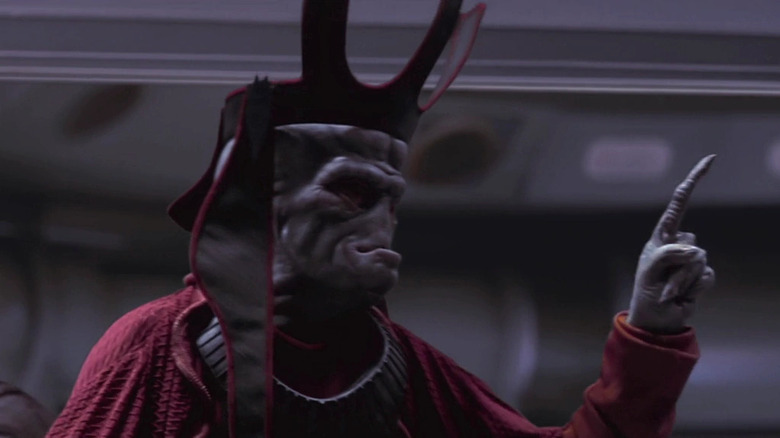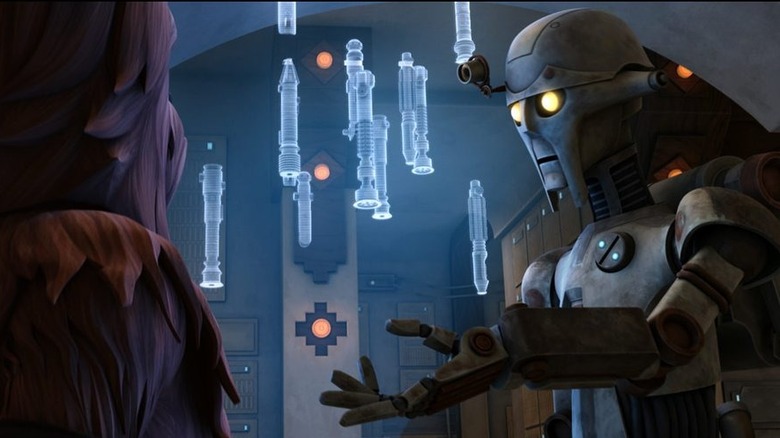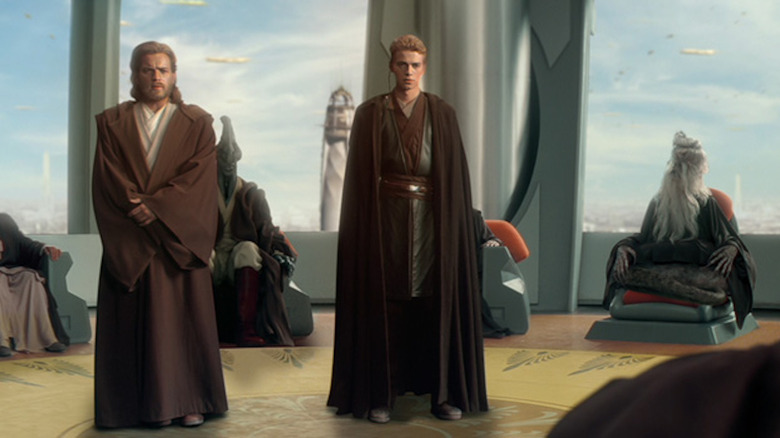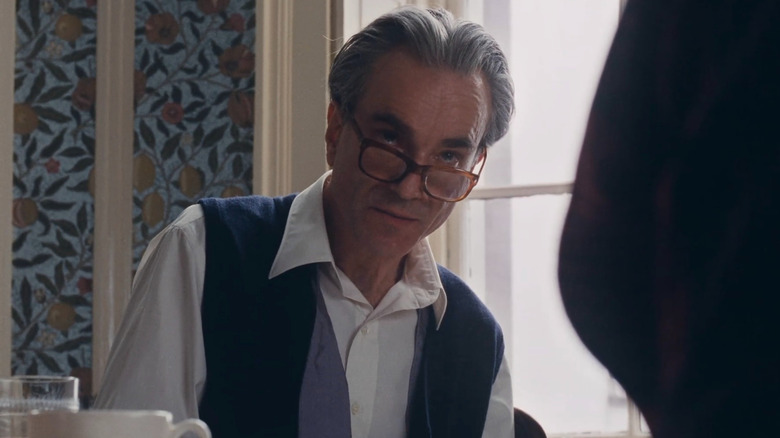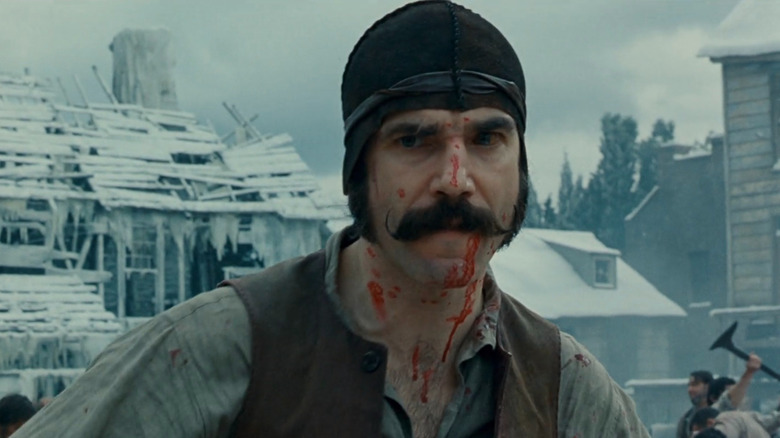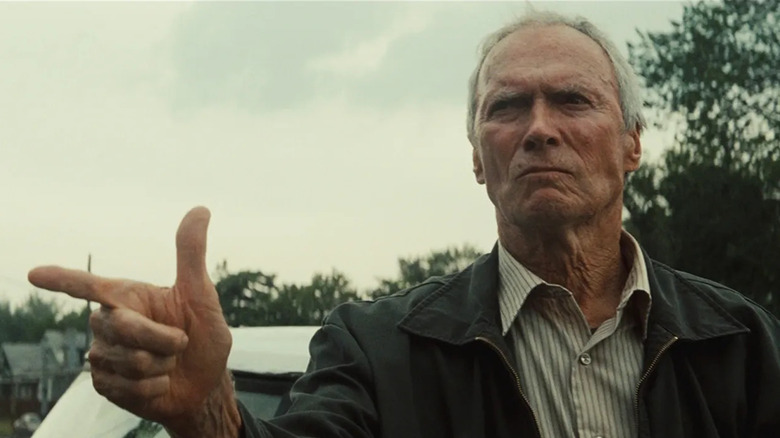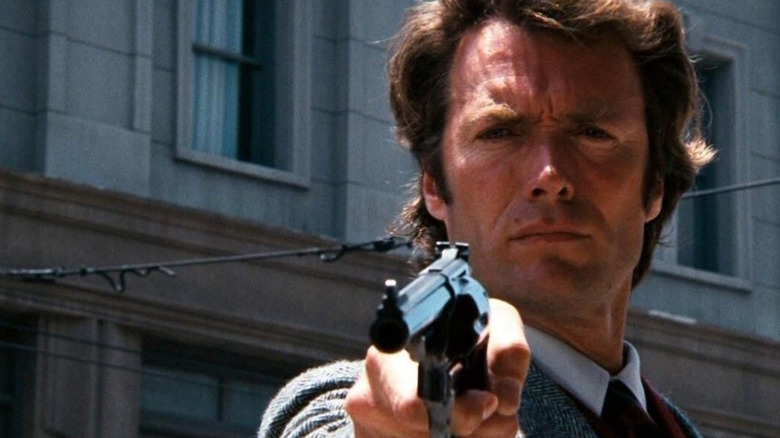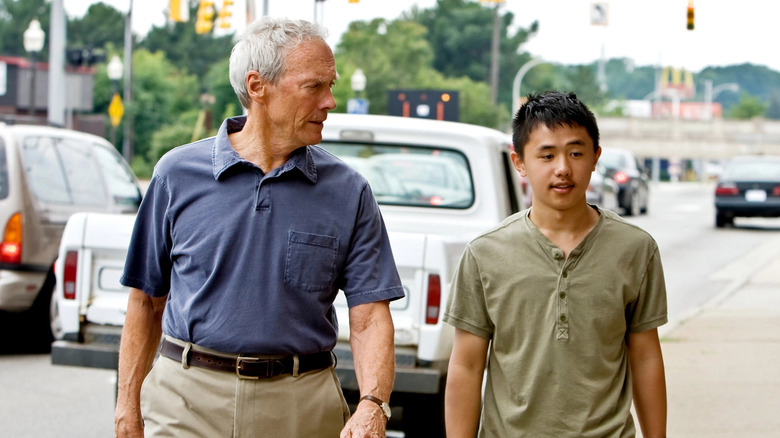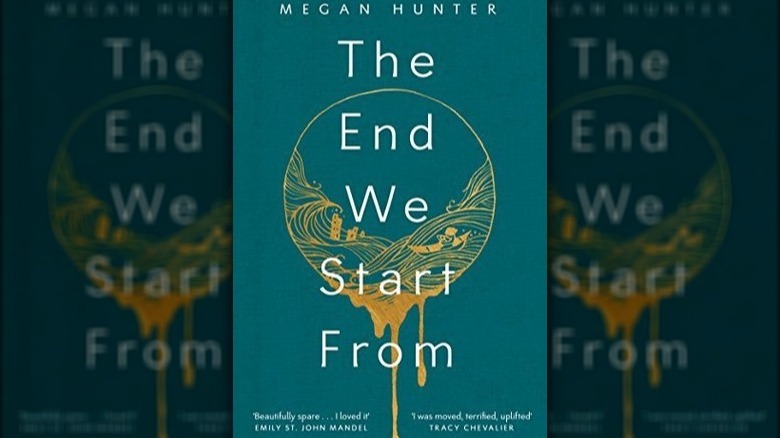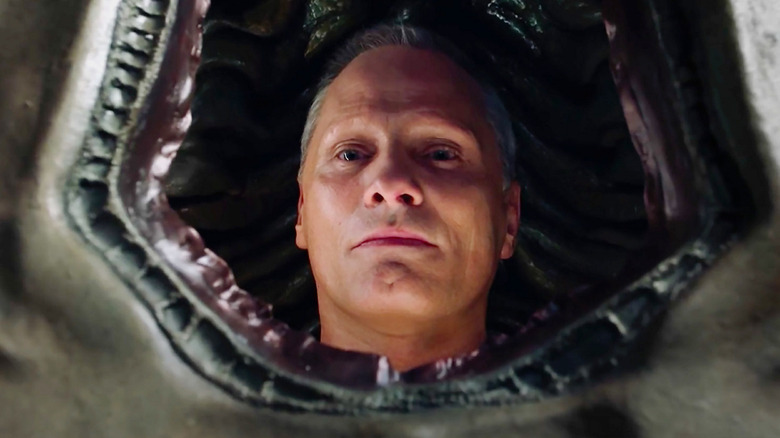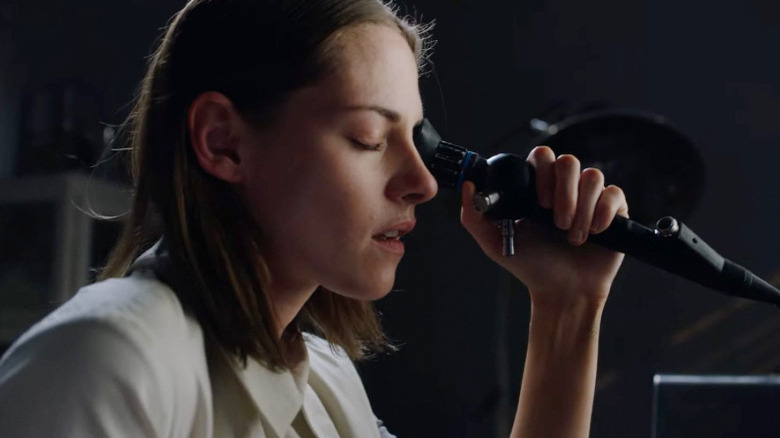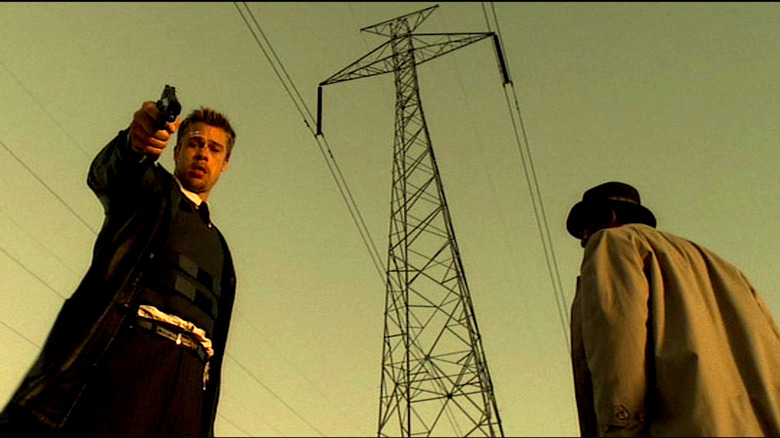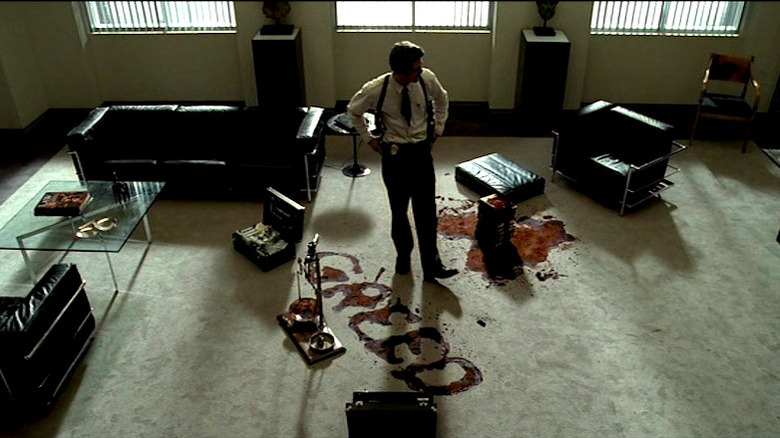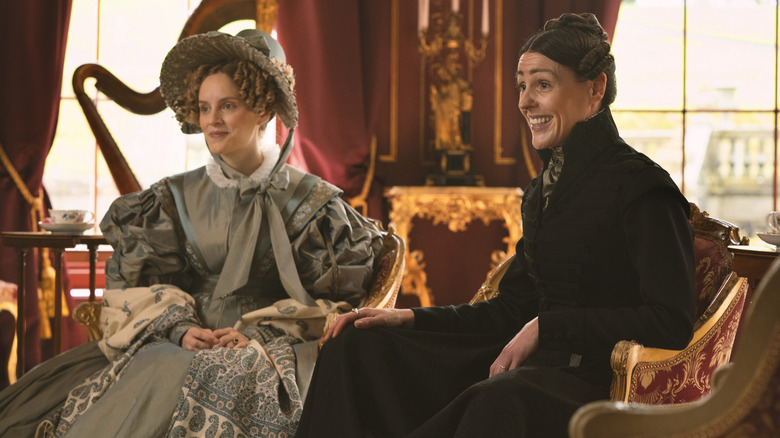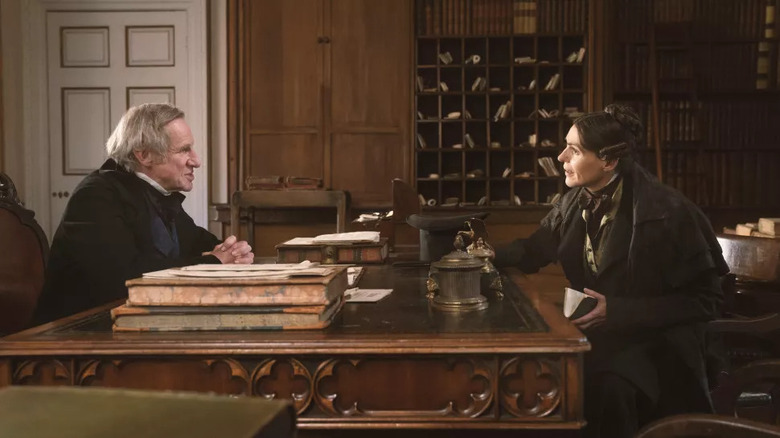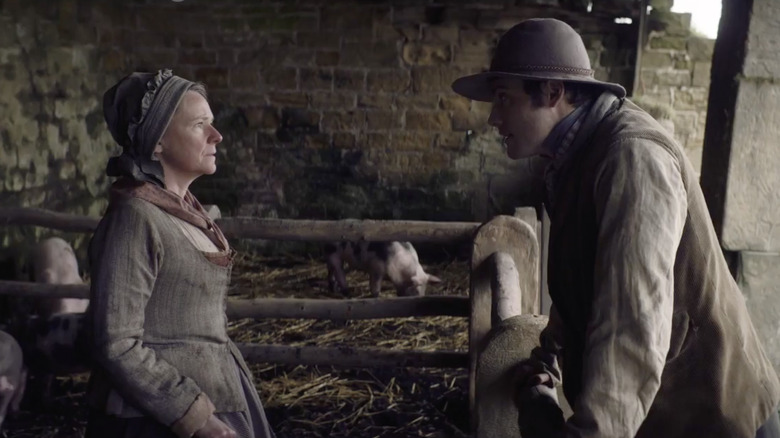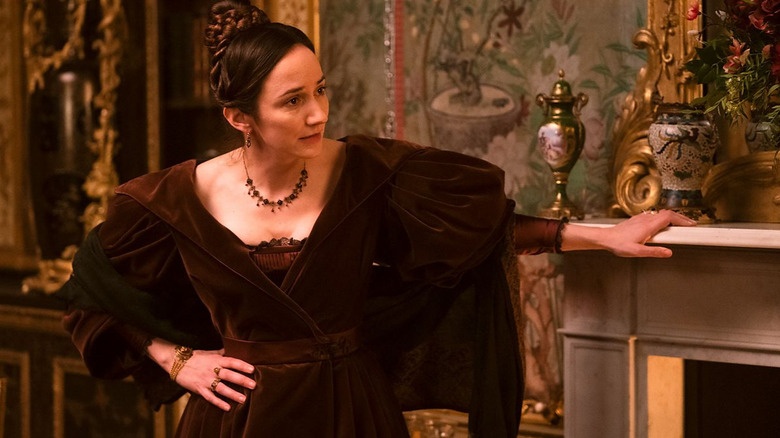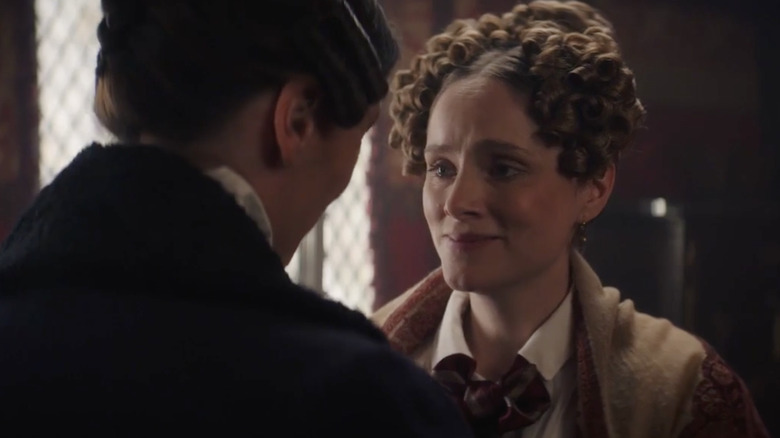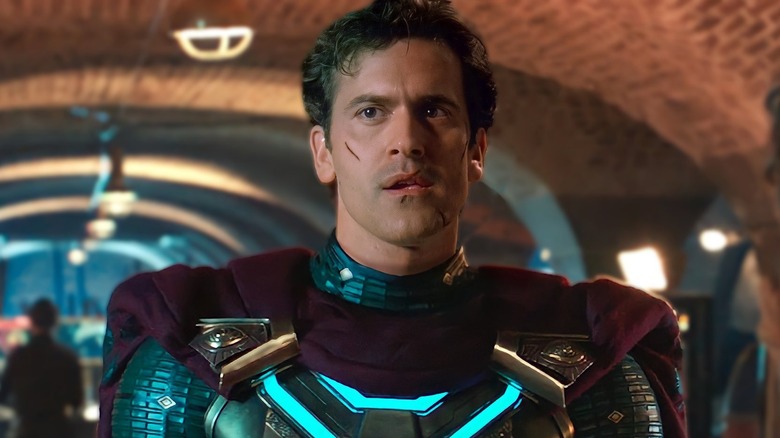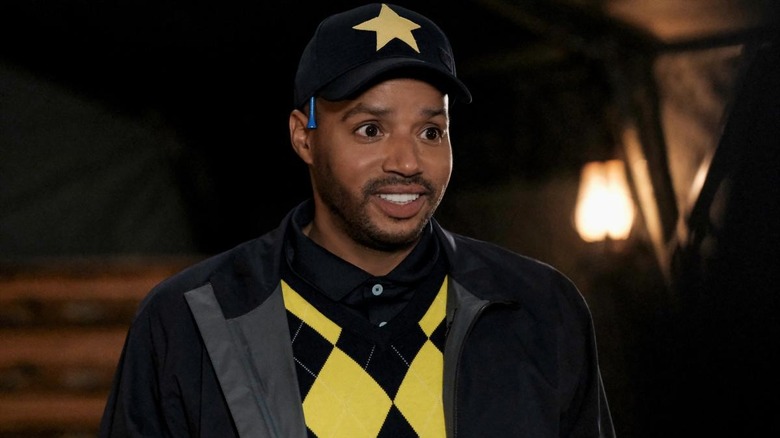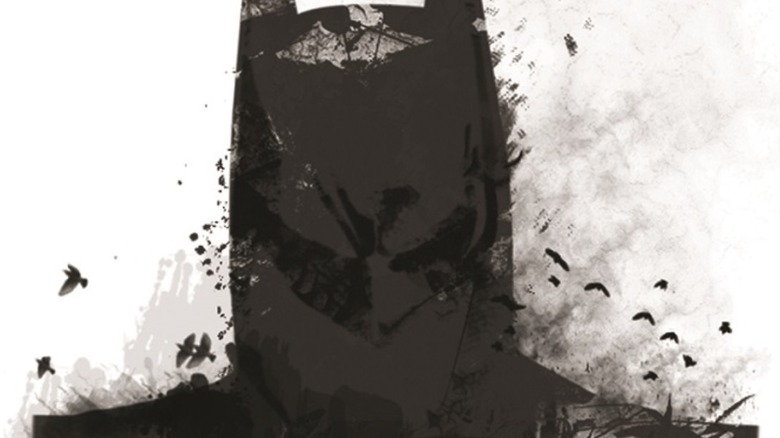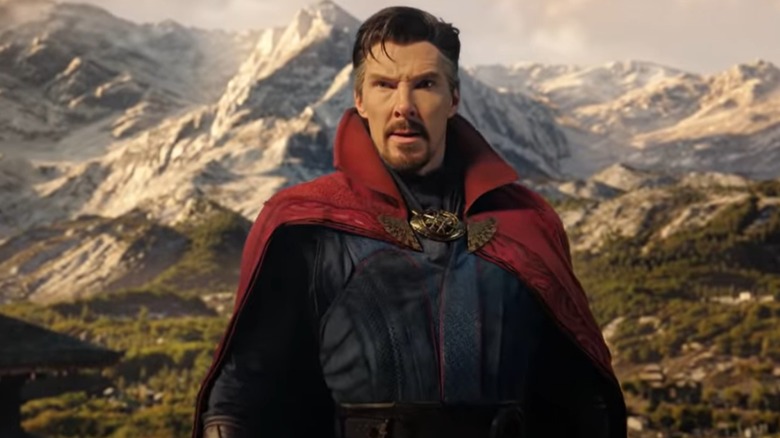
With "Doctor Strange in the Multiverse of Madness," the conceit of multiple Marvel universes has well and truly arrived. It seemed like a red herring in "Spider-Man: Far From Home." It was the plot engine of "Loki" and last year's Peter Parker-filled smash, "Spider-Man: No Way Home." Now, in the hands of director Sam Raimi, it's a playground of horrors that catalyzes heavily-advertised cameos, magic sheet-music battles, and heroes fighting Darkhold-possessed versions of themselves. It's a lot. It's meant to be. Above all else, the MCU's multiverse is a means to access wild storytelling possibilities. There's a reason the next "Ant-Man & The Wasp" movie, which brings back Jonathan Majors' time-conquering Kang, is subtitled "Quantumania."
That said, the multiverse isn't particularly easy to understand, especially if you've stopped keeping up with the MCU for any one of many justifiable reasons. If the latest "Doctor Strange" is any indication, Marvel movies will be less and less interested in holding their audience's hand and explaining the differences between Earths 616 and 838 or why dream-walking is a forbidden act. The multiverse is now to Marvel movies what the 808 is to hip-hop and rap music — you don't have to understand what it is to appreciate the joy, sound, and fury artists are conjuring through it, but it helps.
This is the Doctor Strange multiverse explained.
Previously, On Doctor Strange And Spider-Man...
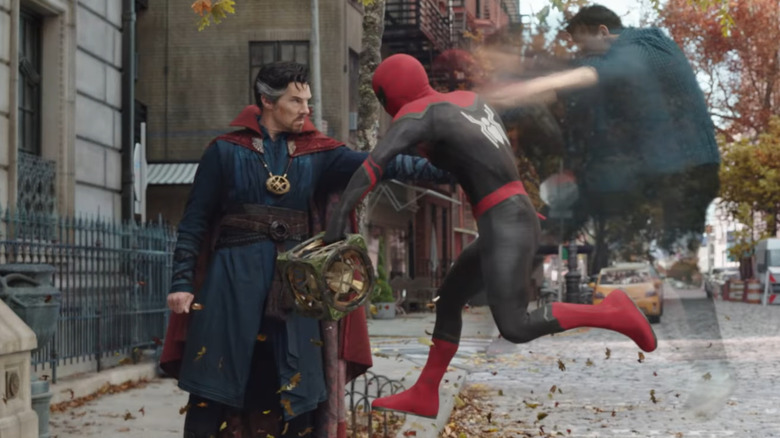
Before the multiverse became mad, it was a vague and ominous threat. In 2016's "Doctor Strange,"' the Ancient One (Tilda Swinton) offered this humbling thought and warning to Stephen: "This universe is only one of an infinite number. Worlds without end. Some benevolent and life-giving. Others filled with malice and hunger. Dark places where powers older than time lie ravenous ... and waiting." It doesn't humble Stephen whatsoever, but it does prove prescient. The multiverse is real and filled with the sorts of worlds the Ancient One warned of. This is notable for two reasons: For one, it makes "Doctor Strange," as a movie, the foundation of Marvel's multiversal exploits. Almost any story involving parallel worlds will pass through him in some way, shape, or form. More importantly, the Ancient One's caution offers "Multiverse of Madness" writer Michael Waldron a blueprint for the worlds his film will visit. Earth 838 is life-giving. The incursion-ruined Earth? That's the malice and hunger one.
Doctor Strange's dealings with the multiverse inadvertently drag Peter Parker into the fold in 2021's "Spider-Man: No Way Home." Parker (who's been told of the multiverse by Quentin Beck) wants Strange to make the world forget he's Spider-Man. Strange agrees out of hubris. When Peter tampers with the spell out of fear and affection for MJ, he accidentally opens the door to other worlds. This adventure inadvertently prepares Strange for the inter-dimensional arrival of America Chavez. Colloquially put, it's not his first rodeo.
But there is one other show teaching audiences how the MCU multiverse functions, and it shares a writer with "Multiverse of Madness."
...And Also Loki.
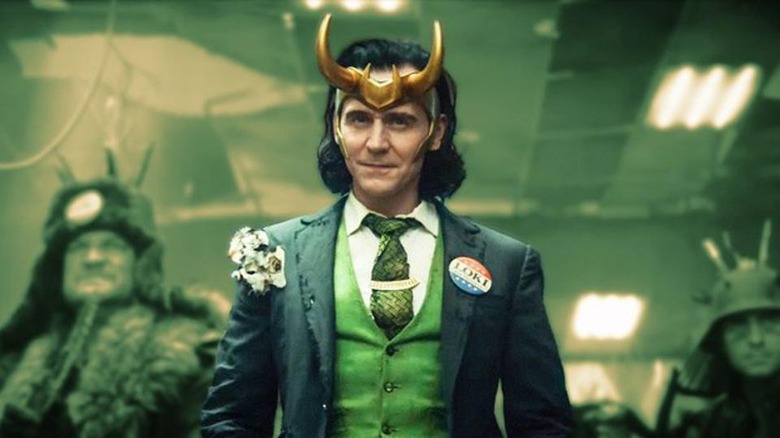
In many ways, "Multiverse of Madness" is a thematic continuation of 2021's "Loki."
That show, created and largely written by "Doctor Strange in the Multiverse of Madness" scribe Michael Waldron, was concerned with and introduced the concept of "variants." They are deviations from the Sacred Timeline, policed by the Time Variance Authority, that create alternate timelines through their actions. Loki (Tom Hiddleston), as it turns out, has many variants, all of whom cause chaos. Loki's attempts to change his stripes and amend his character stem from the discovery of these variants and mirror a major plot point of "Multiverse of Madness." Stephen Strange is similarly deemed a threat to the multiverse by Earth 838's Illuminati, and Strange's efforts to challenge their conclusion drive the film towards its bonkers third act. Both projects focus on a governing body policing a character's nature (in "Loki" it's the TVA, in "Multiverse of Madness," the Illuminati), and the ensuing refutation having massive (and even violent) consequences.It's also worth noting that "Loki" ends with the dissolution of the Sacred Timeline, an act that causes unknown numbers of branches to grow almost instantly. Are any of these worlds audiences visit in "Multiverse of Madness?" That's not clear at the moment. Time will tell.
Enter America Chavez
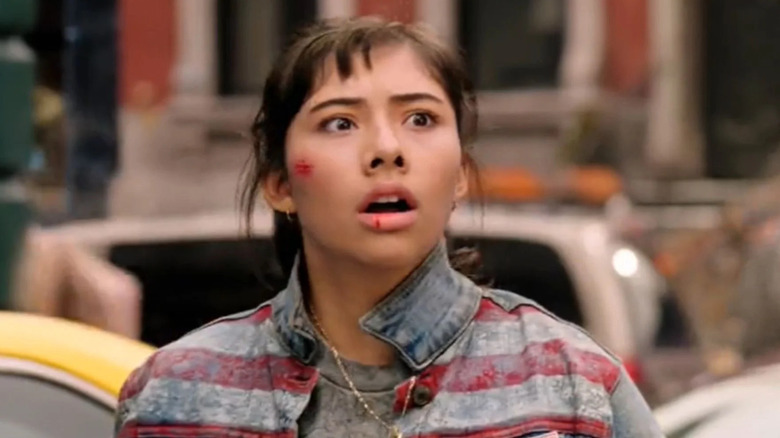
All of this brings us to "Doctor Strange in the Multiverse of Madness" proper, where we are immediately introduced to America Chavez.
Initially known in Marvel comics as Miss America, Chavez has the power to create portals that connect parallel universes. The catch? She can't control her powers. When Sam Raimi's film opens, she and a ponytailed "other" Doctor Strange are battling a demon while pursuing the Vishanti. Other Strange tries to take Chavez's powers from her since she cannot wield them and almost ends her life. Thankfully, the attempt fails, but the rule it establishes is clear: America is the only known person in the multiverse with this power and in her hands, it's a wild card.
Upon arriving on Earth-616, Chavez (seemingly unable to catch a break) is attacked by a one-eyed octopus demon. This brings her into contact with Doctor Strange and Wong. The duo saves her, but Chavez bristles at their help. Strange pieces together why. He'd dreamt of her and Ponytail Strange's bout the night before, and Chavez promptly informs him that dreams aren't fiction. They're glimpses into alternate realities. This would also mean that any time a character has been dreaming in an MCU movie before now, they've been glimpsing the multiverse. That is massive food for thought.
This is the concept that will rear its head in more chilling ways when Doctor Strange goes to visit Wanda Maximoff.
Wanda Maximoff And Dream-Walking
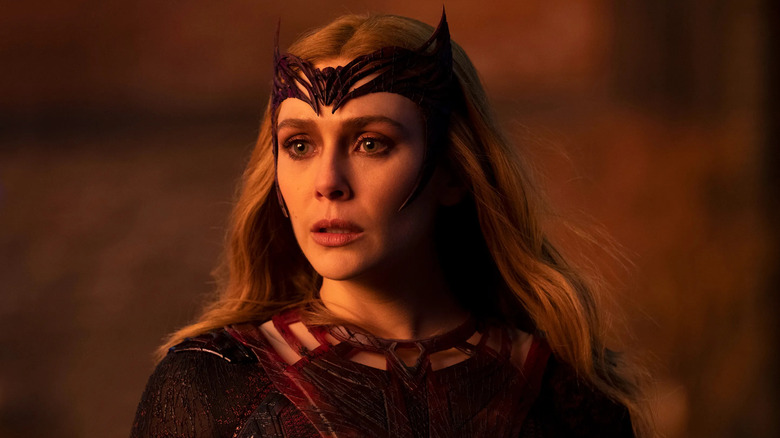
Let's rip the spoiler band-aid off: Wanda Maximoff is the major villain of "Doctor Strange in the Multiverse of Madness." Wanda, now truly the Scarlet Witch, has discovered her children exist on a parallel plane. She will stop at nothing to be with them. This leads her to attack the mystic fortress of Kamar-Taj and attempt a dream-walk into Earth-838 Wanda.
Yes, "into." Dream-walking is, for all intents and purposes, a fancy way of saying "possessing." An individual who dream-walks has access to their parallel version's life and whatever skill sets they do or do not possess. As we learn in the third act of "Multiverse of Madness," they don't even need to be alive. What's most interesting about this action is that the multiverse itself frowns on it. It's not just that dream-walking is a skill learned through the Darkhold (again, a book that corrupts its reader). It's that act that begins an "incursion," the cataclysmic collision of two Earths that can only end with one being obliterated.
If that concept sounds familiar to viewers, it might be because it was established in Marvel's "What If...?" series in the episode "What If... Doctor Strange Lost His Heart Instead of His Hands?" That installment finds the Sorcerer Supreme (not unlike Wanda) traversing timelines to save his loved ones through evil, corrupting means. The multiverse has rules. If they're not followed, consequences are suffered.
However, some of these rules are useful.
America Chavez's Rules For The Multiverse
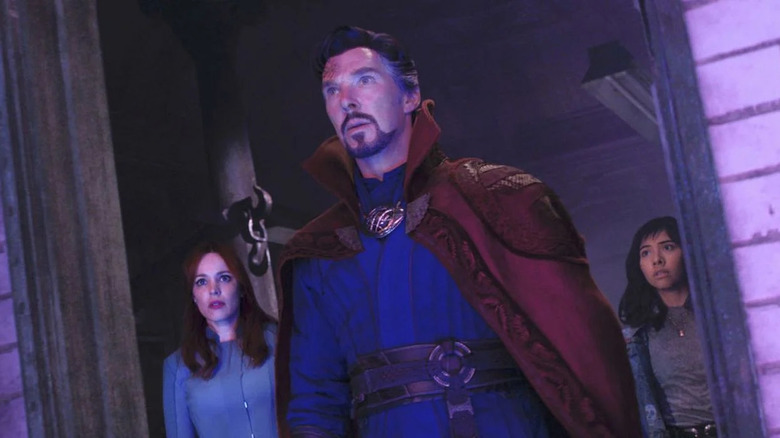
It's not clear how long America Chavez has traversed the multiverse. Her powers manifested when she was young and inadvertently sent her parents to an unknown dimension. She's been searching for them for a long time, but the exact start date of her quest is unknown. What is clear is that America's a seasoned verse jumper. When she and Doctor Strange careen through multiple timelines in a sequence recalling "Spider-Man: Into The Spider-Verse," America recognizes many of them (including the one where everything is two-dimensional). She's traveled enough to develop some multiverse rules.
The first is "find food." That's incredibly sensible. In a hysterical twist, the food that's easiest to find, regardless of what geometric shape it's in, is pizza. On Earth-838, pizza is ball-shaped (given that there are pizza cupcakes now, this isn't so difficult to imagine). While that pizza is a bit tricky to acquire thanks to a bristly encounter with the self-proclaimed Pizza Poppa (Bruce Campbell), the meal helps settle Doctor Strange and America's heads and stomachs.
The second rule is: "You don't know what you don't know," which becomes immediately useful when Strange and America encounter Baron Mordo (Chiwetel Ejiofor). On Earth-616, Mordo was Strange's brother-in-arms turned enemy. Here, he appears to be kind. Mordo embraces Strange the moment he sees him and invites America and Strange in for tea. Minutes later, Strange and America are nearly comatose because of the tea that Mordo poisoned. You don't know what you don't know.
Multiversal Theories
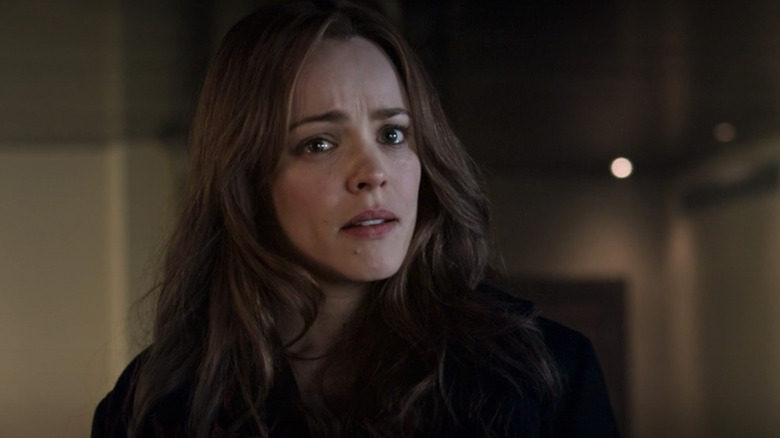
As our own Rafael Motamayor put it, the magic in "Doctor Strange 2" is ridiculous and that's why it rules. There are, however, actual rules to the magic and how it functions multiversally.
The most important of these involves counterparts. Every person and object appears to have a parallel counterpart in any given universe, which proves immediately useful to Strange and America's pursuit of the Book of Vishanti, a tome that is the Darkhold's antithesis and the key to stopping Wanda safely. This theory also complicates affairs immensely. Strange is brought before the Illuminati, a committee consisting of Mordo, Reed Richards (John Krasinski), Captain Carter (Hayley Atwell), Black Bolt (Anson Mount), Captain Marvel (Lashana Lynch), and Professor Charles Xavier (Patrick Stewart). The group informs him that 838 Strange used the Darkhold in an attempt to thwart Thanos, causing an incursion that almost destroyed their universe. The Illuminati killed 838 Strange and have deemed that any Doctor Strange poses the greatest threat to the multiverse. That's a lot to unpack, but there winds up being little time to do so as Wanda attacks the compound.
This leaves Doctor Strange and 838 Christine (Rachel McAdams) to their own devices ... and a major discovery.
The Dream-Walking Dead
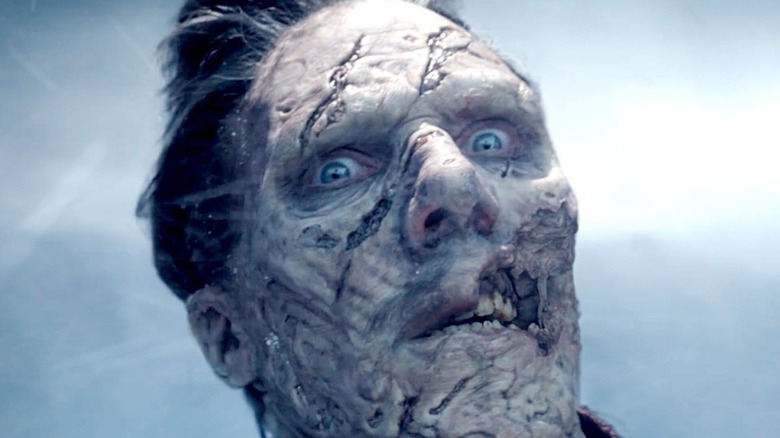
In the third act of "Doctor Strange in the Multiverse of Madness," rules are made to be tested — and broken.
Let's start with the theory that Strange is the greatest threat to the multiverse. Having felled his Darkhold-corrupted counterpart (also played by Benedict Cumberbatch), 616 Strange turns to the Darkhold to stop Wanda. He swears to 838 Christine (Rachel McAdams) that he is different than every other Strange. His attempt would seem to confirm that. Strange shatters multiversal rules to stop Wanda or, at the very least, bends them irrevocably. He cannot dream-walk into his 616 self, currently on another world, but he can take over a Doctor Strange on that world. Pursued by demons attempting to punish him for his rule-bending, Strange dream-walks into the corpse of Ponytail Strange, who is buried atop a roof on Earth 616. He then wields those demons as a coat of armor.
Suffice to say, this is one of the most gnarly and metal moments in the entire movie. It also proves that Strange — and the audience — have much more to learn about the multiverse.
Read this next: 20 Movies About Time Travel Ranked Worst To Best
The post The Doctor Strange Multiverse Explained appeared first on /Film.





